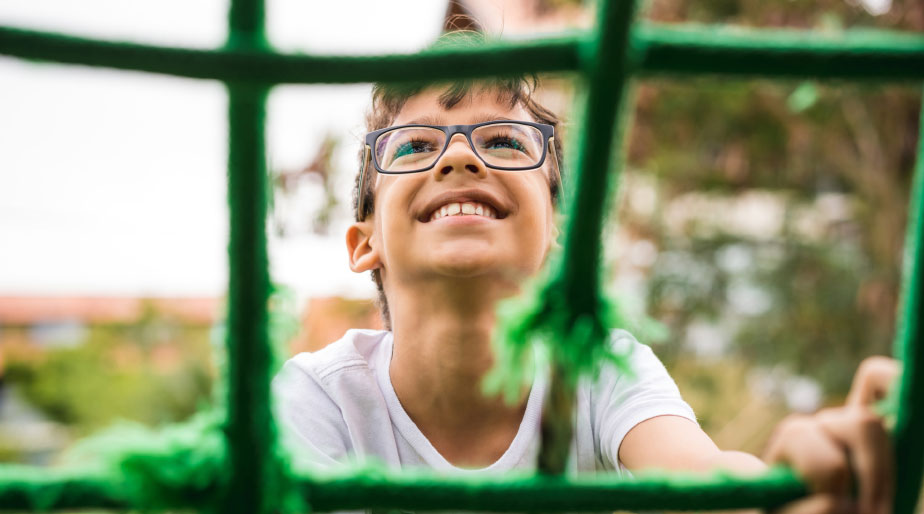Eye Safety for Kids
While most adults know when to shield their eyes from potential harm, most children are not aware of things in the environment that could be detrimental to their eye health. The world is full of dangers that often go unnoticed. Ninety percent of eye injuries can be prevented through safety practices and proper eye protection.
Reduce the risk of eye injuries for your family with good safety practices.
Indoor Safety
- Use safety gates at the top and bottom of stairs.
- Provide lights and handrails on stairs.
- Pad or cushion sharp corners and edges of furniture.
- Install cabinet and drawer locks in kitchens and bathrooms.
- Store personal-use items (cosmetics, toiletry products), kitchen utensils and desk implements out of reach of small children.
Outdoor Safety
- Check for debris on your lawn before mowing.
- Keep paints, pesticides, fertilizers and other chemicals properly stored and secure.
- Keep tools in good condition by repairing and replacing damaged parts.
- Wear safety glasses or goggles for protection against flying particles, and chemical goggles when you’re exposed to fertilizers and pesticides.
Chemical Safety
- Wear chemical safety goggles.
- Follow all manufacturer instructions and warning labels.
- Never mix cleaning agents.
- Regular eyeglasses don’t always provide enough protection.
Kids’ Safety
- Avoid toys with points or edges.
- Keep only age-appropriate toys within reach of young children.
- Avoid flying and shooting toys, especially for those under age 5.
- Check playgrounds and play areas for potential eye hazards.
- Keep BB guns away from children.
- Use safety seats, booster seats, seat belts and shoulder harnesses in cars.
*Information supplied by Prevent Blindness America.



